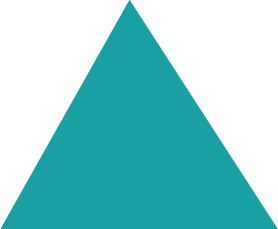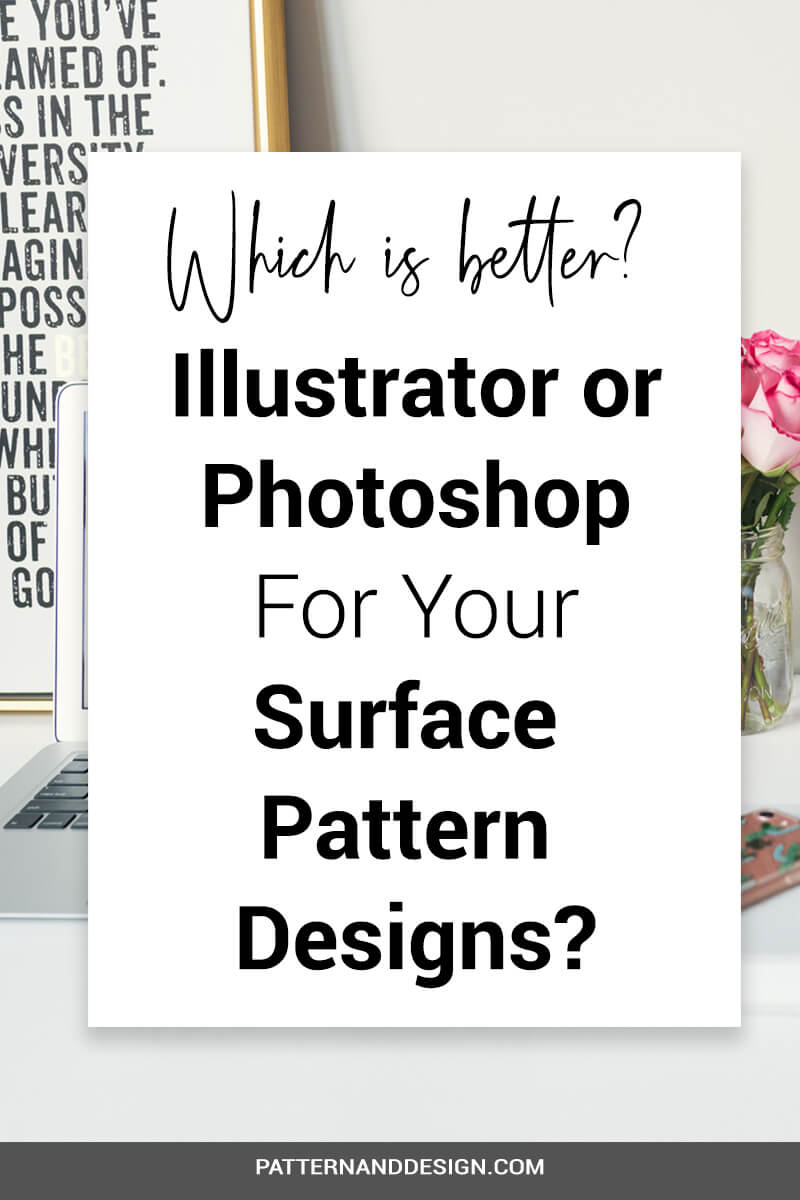learn about all things surface pattern design including the creative design process, being a successful creative entrepreneur & stepping into the mindset of a successful designer
welcome to the pattern design blog
blog
The
Categories
Popular
Illustrator or Photoshop for your Surface Pattern Designs?
When it comes to designing surface pattern designs, there are 2 main computer programs that are used, Illustrator and Photoshop. So which should you use? What are the differences? Which is better? Let’s answer those questions by looking at Illustrator or Photoshop for your surface pattern designs.
Illustrator or Photoshop For Your Surface Pattern Designs?
There are benefits to using both Photoshop and Illustrator for your surface pattern designs. Many designers have a preference for one or the other but by being able to use the best of both programs you will give yourself more options when you’re creating your designs.
Raster versus Vector
The biggest and most obvious difference between Illustrator and Photoshop is that Photoshop is a raster program and Illustrator is a vector program.
Let’s put it simply.
As Photoshop is a raster program it is based on pixels. This means it divides up your image into tiny squares. If you were to zoom right in on a raster image you would be able to see these squares which look much like squares on a grid. As Photoshop images are made up of pixels, you have to be careful when you’re resizing your artwork as it will change the quality of the image e.g. if you were to enlarge your artwork it will become pixelated.
We can see the pixel squares in the enlarged object below.
![]()
As Photoshop is pixel based, it makes drawing curved lines difficult as you will end up with jagged edges. In order to create an appearance of a smooth edge, Photoshop has a setting you can use called ‘anti-aliasing’. It does this by softening edges by adding an intermediary colour in the jagged steps.
The example below shows a shape that has been created in Photoshop.
The left triangle shows the triangle at the size it was created. You can see the triangle looks good and there is no pixelation.
The other two examples show what the triangle looks like enlarged. You can see the edges are now pixelated. The middle example shows how your object will appear if it’s enlarged and created without anti-alias selected. The edges are jagged.The right example shows how the object will appear if it’s enlarged a created with anti-alias selected. The edges are softened.
![]()
If you’re using Photoshop, it’s important to think about the resolution you are using. For printing your artwork you should be created at 300dpi. If you were to create your artwork at a lower resolution and then enlarge your artwork it will be pixellated. It’s also important to note that the higher the resolution and artboard size you use in Photoshop, the larger your file will be.
Now let’s compare Illustrator and vector files.
A vector file has no pixels, it is made up of shapes, lines, and curves and it allows you to create shapes and lines that have a perfect edge. As Illustrator has no pixels, you are able to enlarge or reduce your design by any size without it affecting the quality.
The example below shows an object enlarged that has been created in Illustrator. You can see the edges are still sharp and clear.

So which should you use for your surface pattern designs?
It’s not a very helpful answer, but you can use either. Here are a few of my favourite reasons to choose one over the other:
Photoshop
I love using Photoshop when I want to create a design that has a hand-drawn quality to it. Being a vector program, Illustrator often looks less organic and hand rendered than Photoshop. There are so many great brushes to use and explore within Photoshop so when I’m creating a design with a hand-drawn feel I’ll always opt for Photoshop.
Photoshop is great for cropping and editing artwork or photos. There are lots of filters and other editing features that are helpful when creating mood boards or cleaning up scanned, hand-rendered artwork.
Illustrator
Illustrator is great for easily changing colours within your artwork. I find it much easier and quicker to create colourways in Illustrator than Photoshop. I also love that you can alter the size of your artwork at any time without losing quality.
Generally, I like to use Illustrator for creating mood boards and for any artwork that has a graphic quality to it.
In short, designers that like to use Photoshop generally have a more painterly, hand-drawn feel to their work and designers that like to use Illustrator generally have a more a graphic style to their work.
The great thing about using Photoshop and Illustrator is that you can use them together. This means you can take what you love about each program and use it to your advantage.

Want to create another revenue stream by turning your art into surface pattern designs?
Get the free guide
Get my FREE Surface Pattern Design Starter Guide